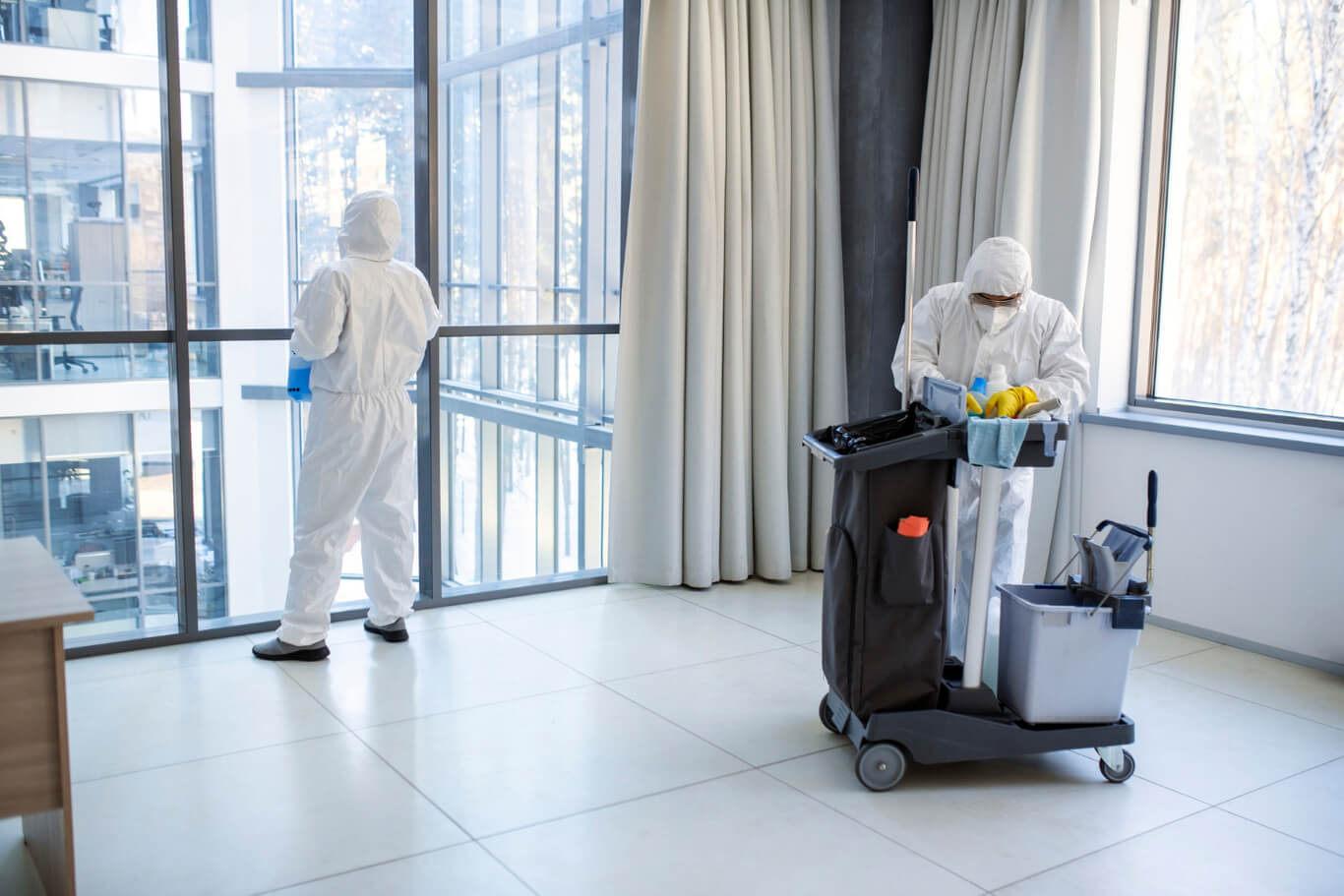
5 Essential Cleaning Chemicals for Healthcare Facilities
Every healthcare facility knows the critical importance of maintaining a hygienic environment. It's not just about keeping things looking tidy—it's about safeguarding the health of patients, staff, and visitors. To achieve this, the right cleaning chemical supply is crucial. In this blog, we will discuss the five must-have cleaning chemicals for healthcare facilities and highlight the best practices and safety guidelines for their use, with a special focus on CTSS brand products.
Understanding the Importance of Proper Cleaning Chemical Supply
In healthcare settings, cleaning protocols are not mere suggestions—they are essentials for preventing infections and ensuring patient safety. The correct selection and use of cleaning chemicals are foundational to these protocols. A poorly managed chemical supply can lead to inadequate cleaning, posing risks of contamination or chemical exposure. For healthcare facilities, it's vital to have a streamlined and efficient supply of the necessary cleaning chemicals. Let's break down the essentials.
1. Sodium Hypochlorite Disinfectants
Sodium hypochlorite, commonly known as bleach, is a powerful disinfectant used extensively in healthcare settings. It’s effective against a broad spectrum of pathogens, including viruses and bacteria, making it essential for high-touch areas and surfaces that require daily disinfection.
**CTSS Disinfectant Solutions** offer robust sodium hypochlorite based products. They blend effectiveness with user safety, ensuring minimal risks of chemical burns when used as directed. Always consult the product's Safety Data Sheet (SDS) for appropriate handling measures such as wearing gloves and masks.
2. Alcohol-Based Sanitisers
Alcohol-based sanitisers are indispensable, particularly in clinical settings. They provide rapid disinfection for hands and surfaces without leaving residues, which is crucial in areas like isolated environments or sterile treatment rooms. Usually containing 60-90% alcohol, these sanitisers offer a quick and effective solution for microbial control.
**CTSS's QuickSan Gel** is an example of a reliable product, delivering quick action with skin-friendly formulations that prevent harsh skin irritations, making them perfect for frequent use by healthcare professionals and patients alike.
3. Quaternary Ammonium Compounds (Quats)
Quats are a group of ammonium salts utilized for their surfactant and antimicrobial properties, making them ideal for cleaning and disinfecting surfaces in healthcare facilities. They're commonly used in areas that need continuous wipe-downs, such as waiting rooms or patient care areas.
**CTSS Multi-Clean**, equipped with Quats, is designed for efficiency and reduced chemical exposure, suitable for daily cleaning tasks without compromising on safety standards.
4. Enzyme-Based Cleaners
Enzyme-based cleaners are growing in popularity due to their eco-friendly profiles and natural cleaning power. They are excellent for breaking down organic material and are commonly used on fabrics, carpets, and other areas sensitive to harsh chemicals.
**CTSS Enzy-Clean** offers an effective solution for facilities aiming for green cleaning practices. Using naturally derived enzymes, it targets protein, fat, and starch grime, making it perfect for both clinical and public areas within the healthcare facility.
5. Hydrogen Peroxide Cleaners
Hydrogen peroxide is a versatile disinfectant, offering excellent germicidal properties while also being environmentally friendly. It is less toxic and more eco-friendly compared to chlorine-based disinfectants and is ideal for use in arenas requiring non-toxic yet potent cleaning solutions.
**CTSS Hydro-Clean** offers high efficacy while being easy on the surfaces, making it suitable for environments needing thorough disinfection without the associated residue or toxicity concerns.
Best Practices for Cleaning Chemical Supply Management
Alongside choosing the right cleaning chemicals, there are essential best practices for managing them effectively:
Facility Policy and Approved Products
Establish a master list of facility-approved products to standardize cleaning protocols and ensure compliance. This helps impart clear guidelines for staff and simplifies training requirements.
Storage and Handling
Proper storage limits contamination and the degradation of cleaning chemicals. Designated secure storage spaces prevent accidental exposure and ensure concentrated products don't pose a risk to health.
Solution Preparation
Follow manufacturer instructions for dilution and preparation strictly to maintain efficacy and safety. Incorporate automated dispensers if feasible, to ensure consistent results.
Comprehensive Training and PPE
Invest in thorough training on the use and safety of cleaning products. Requiring PPE, such as gloves and goggles, is a standard practice, ensuring staff safety during preparation and application.
Conclusion
The healthcare sector cannot afford to compromise on cleanliness. Selecting the right cleaning chemicals and employing best practice management are non-negotiable. A well-maintained cleaning chemical supply, using products like those from CTSS, can help healthcare facilities remain hygienic and safe. With proper protocols and products in place, patient health and safety are prioritised, reflecting in reduced infection rates and a healthier environment for everyone involved.
